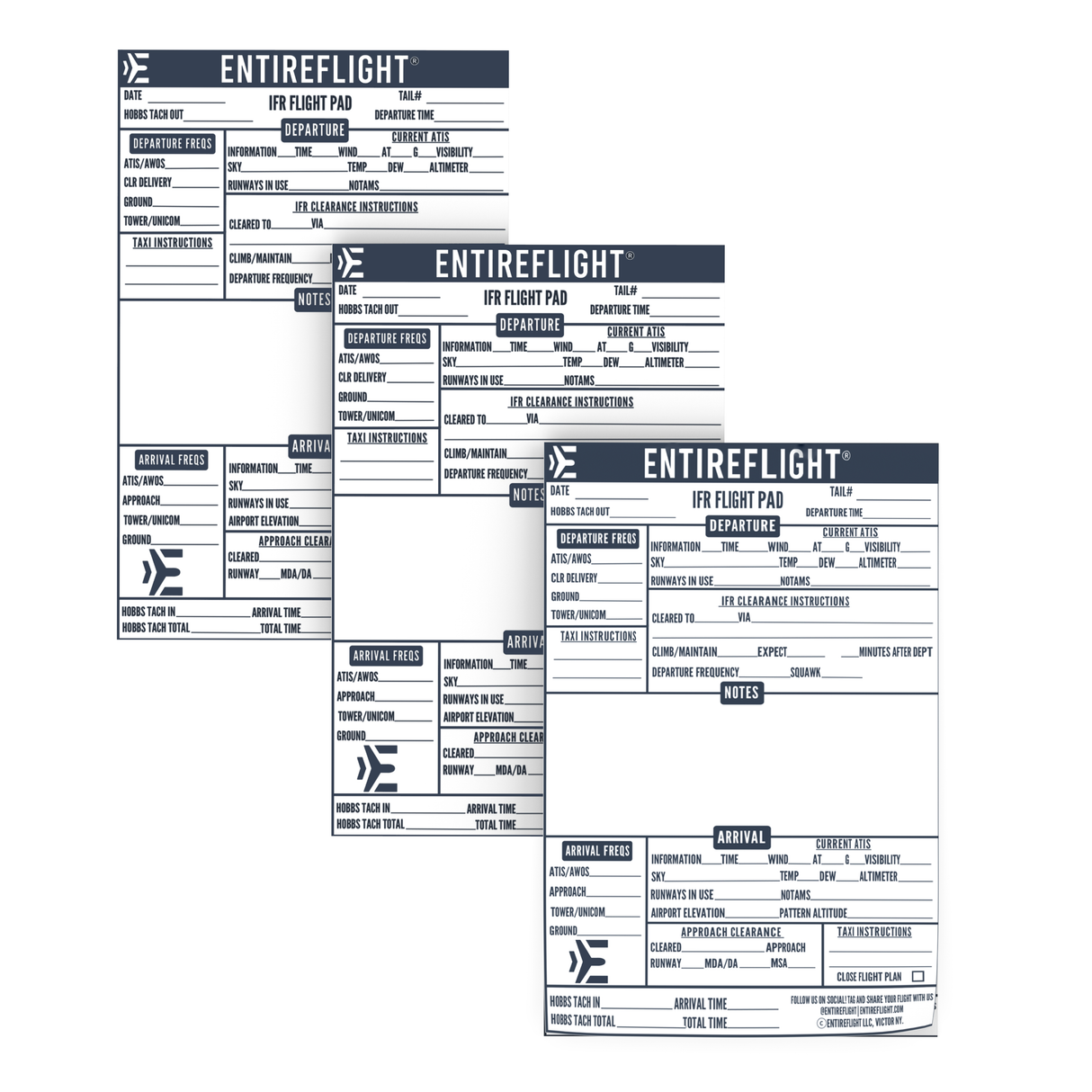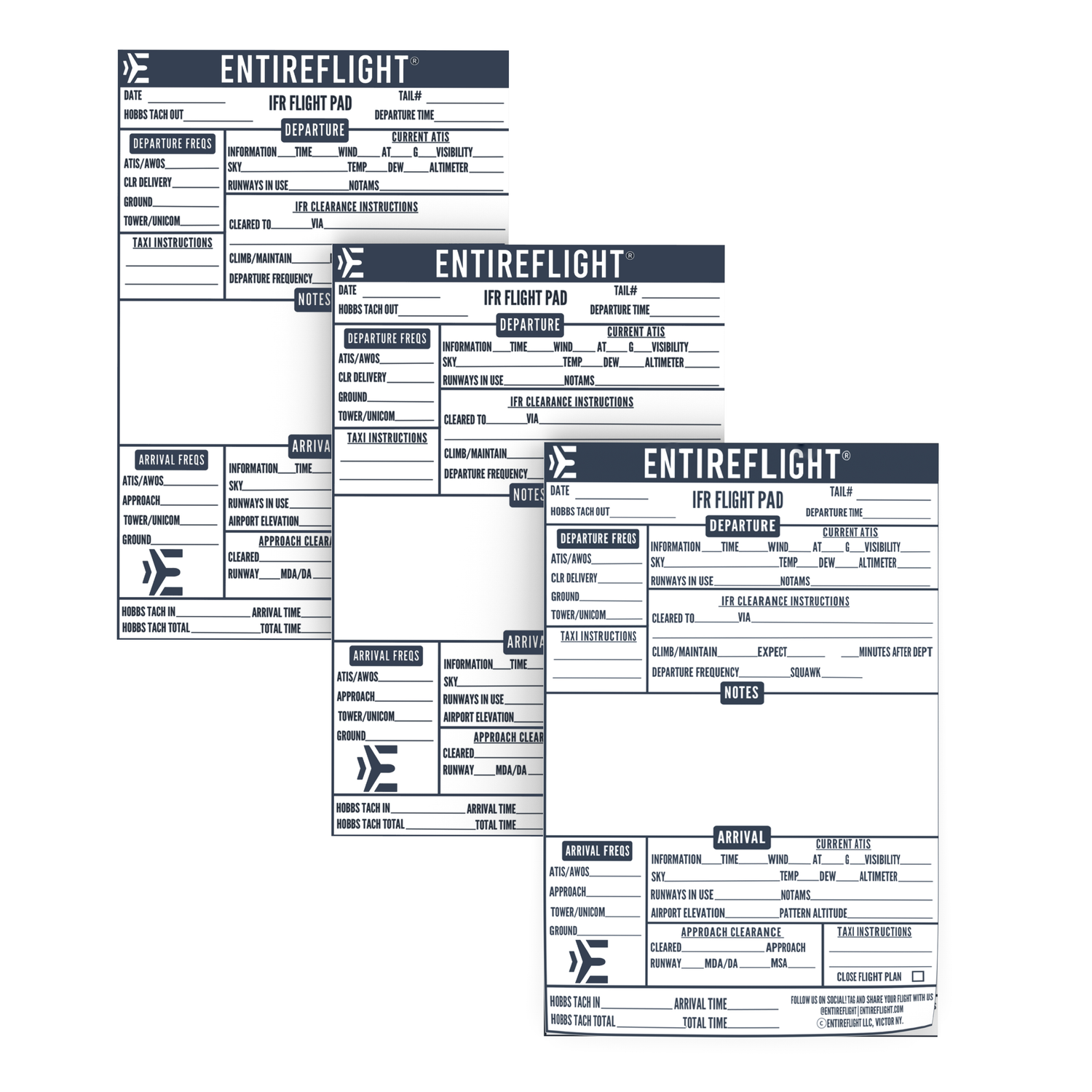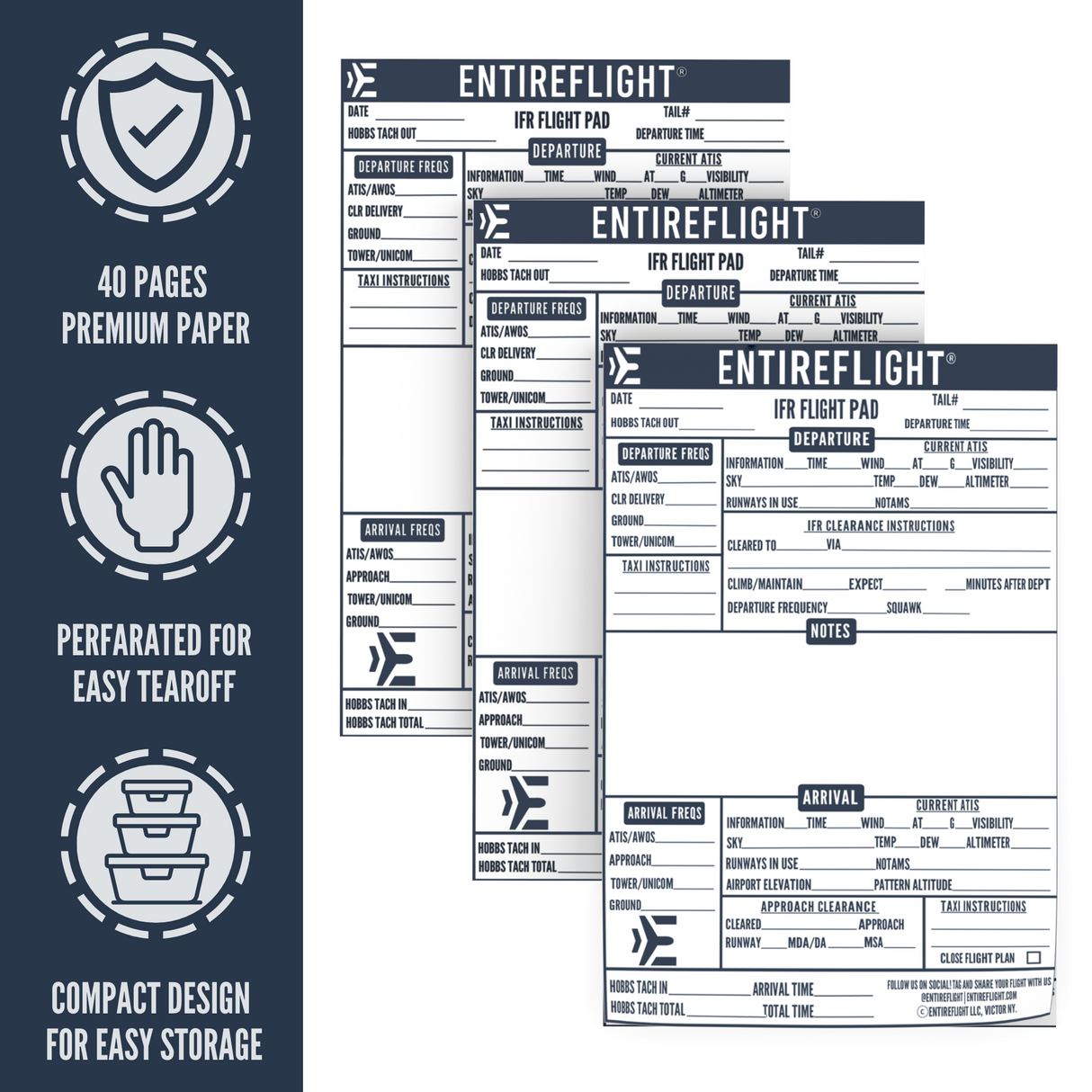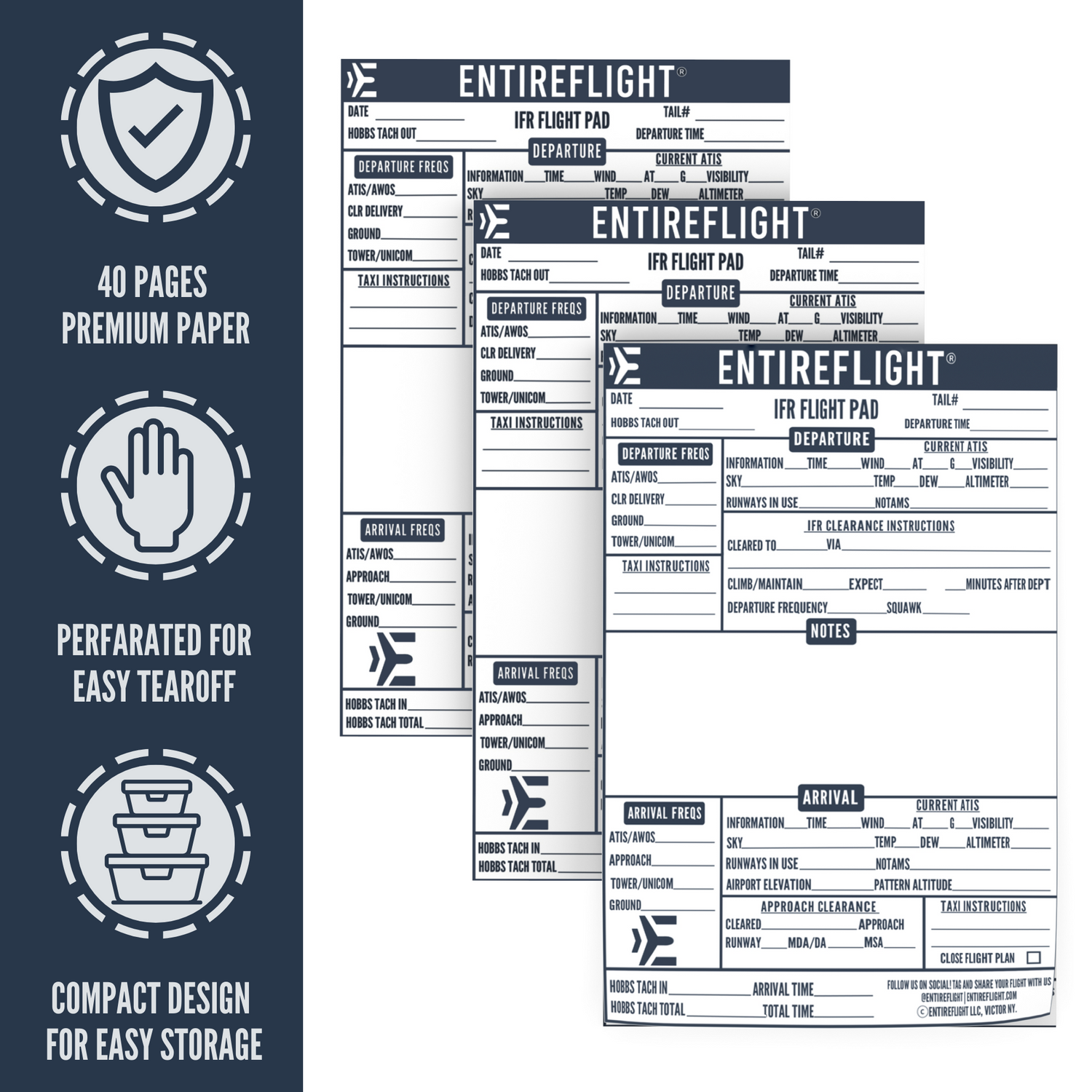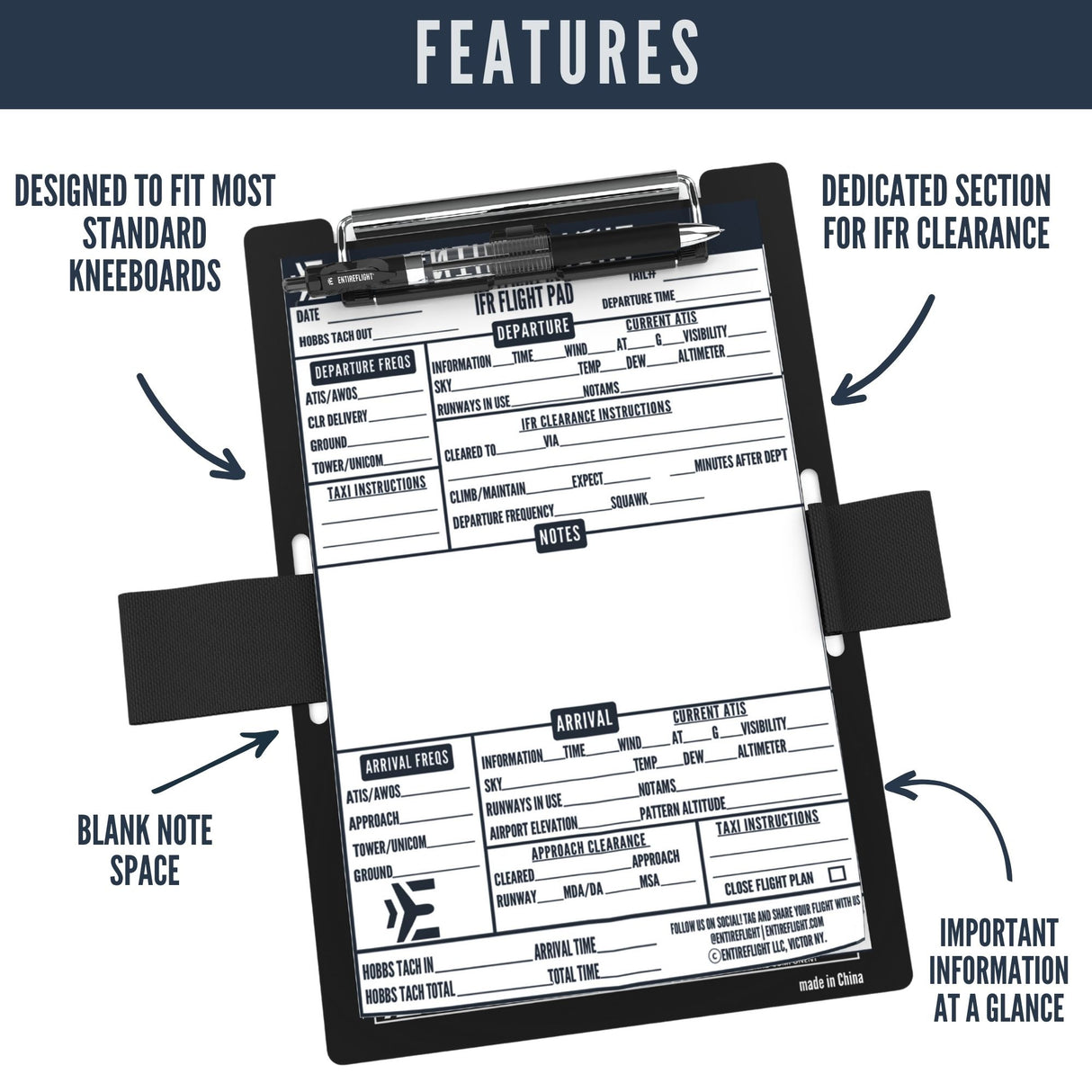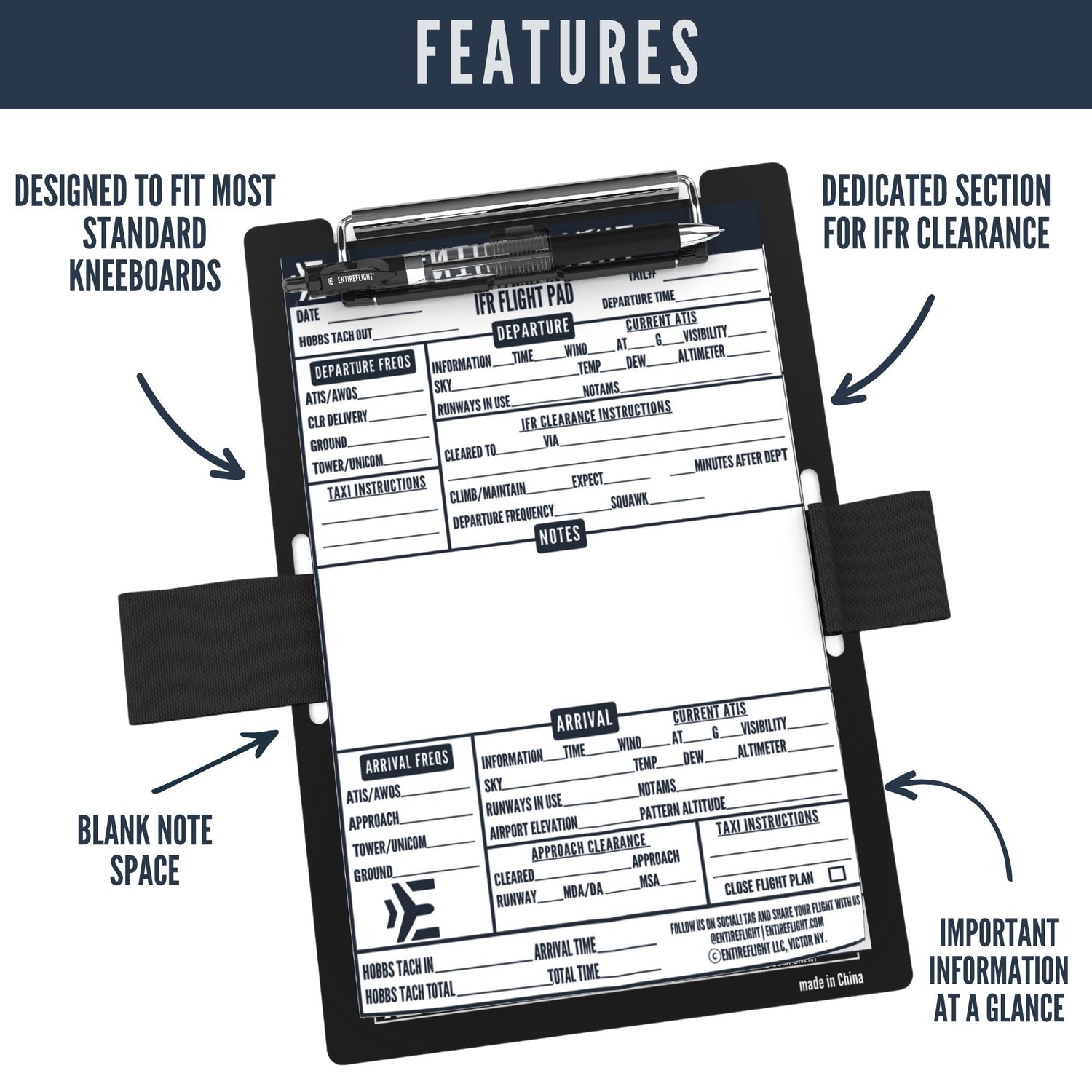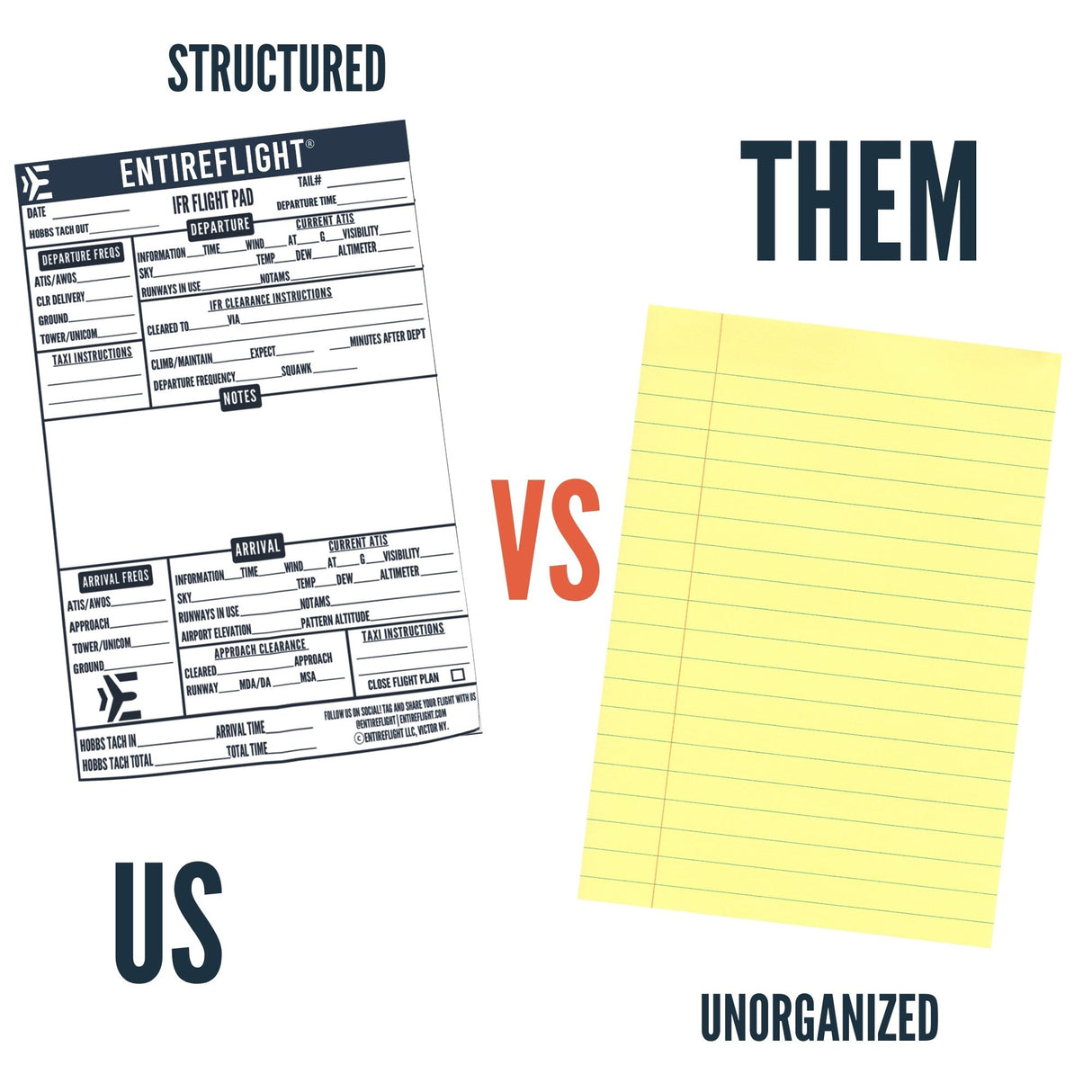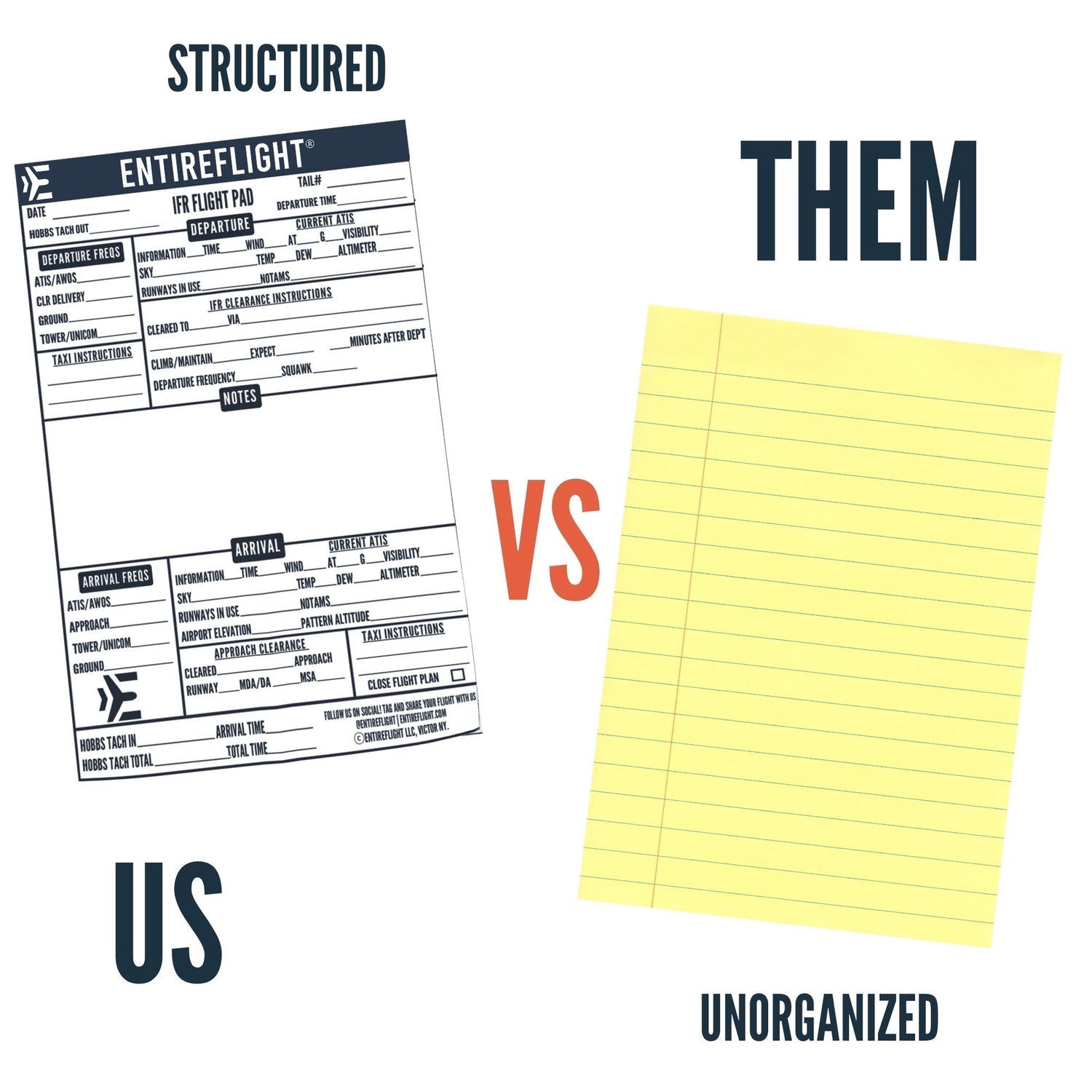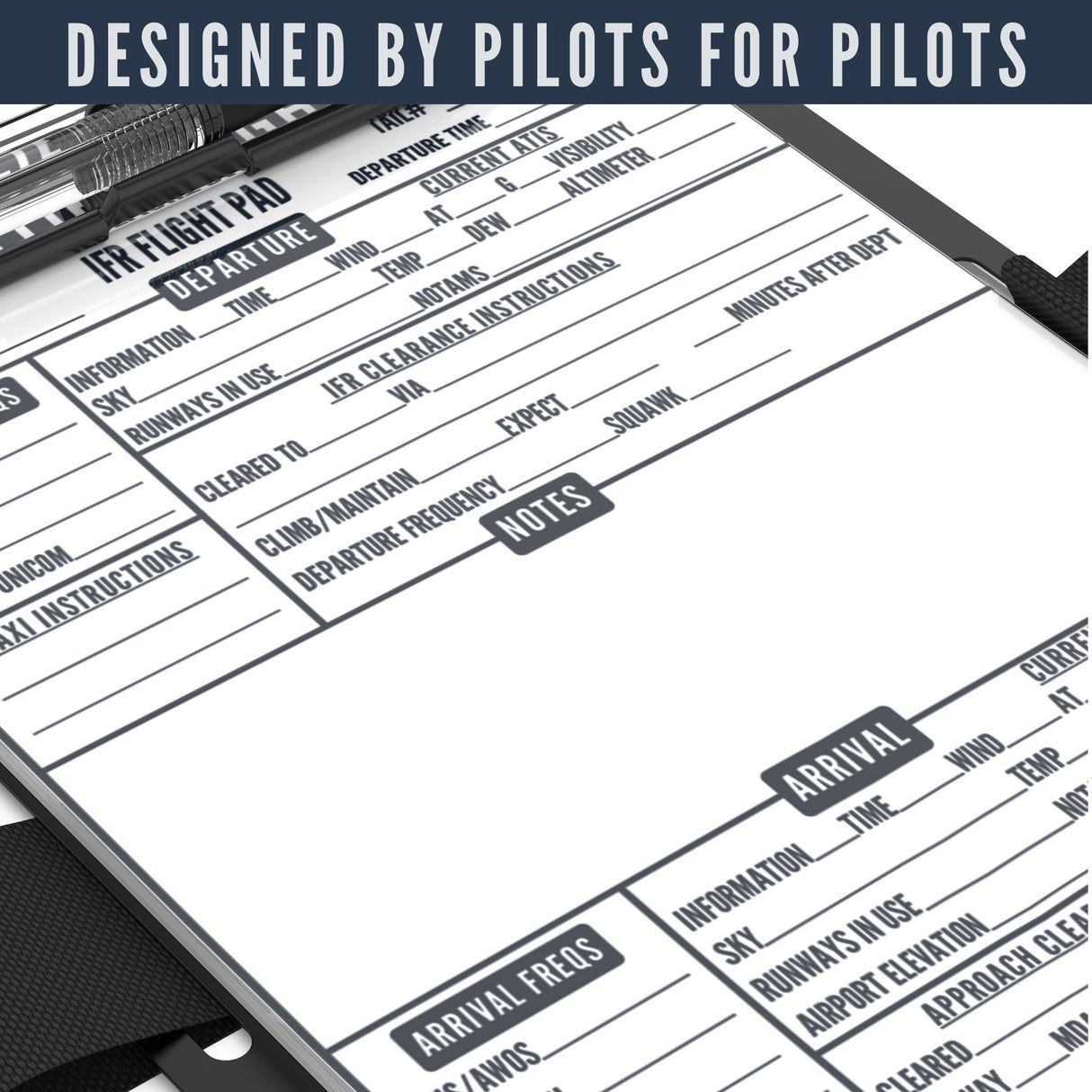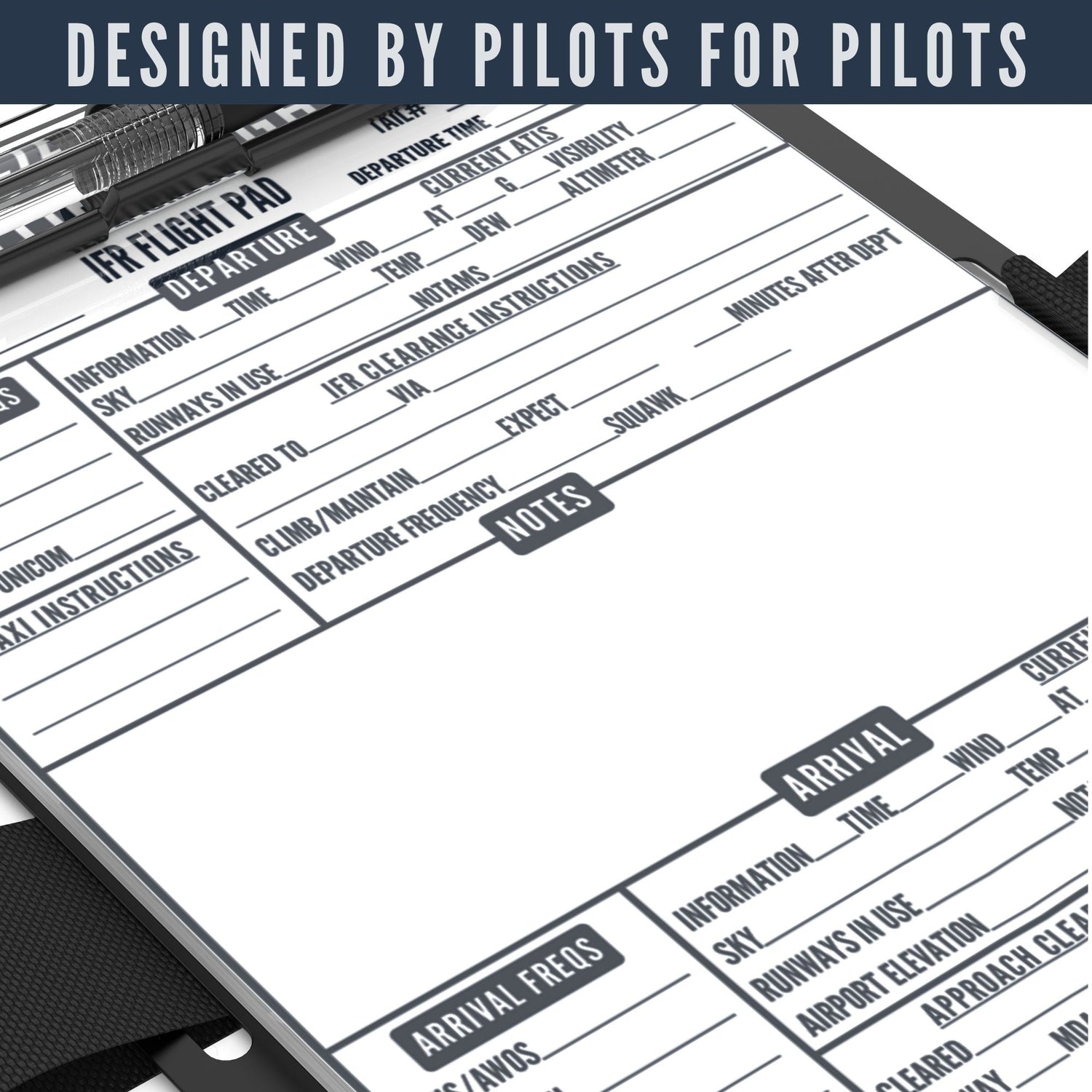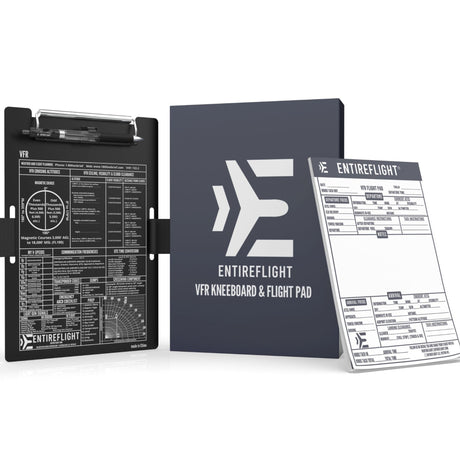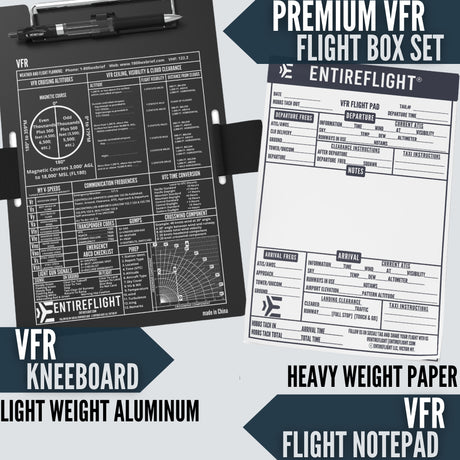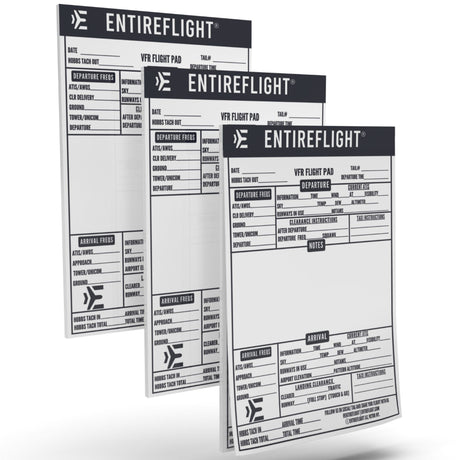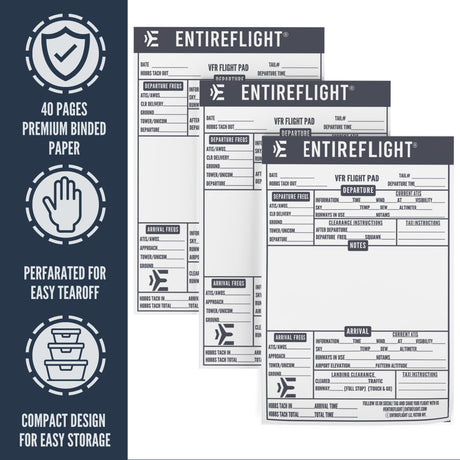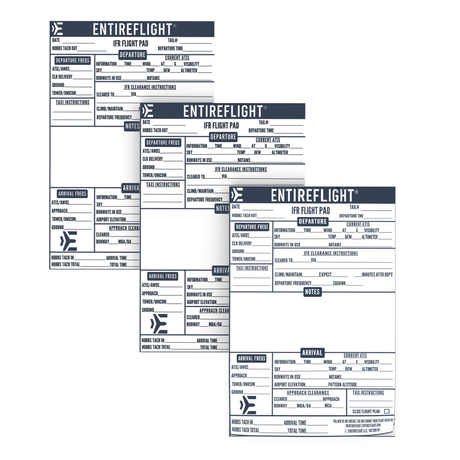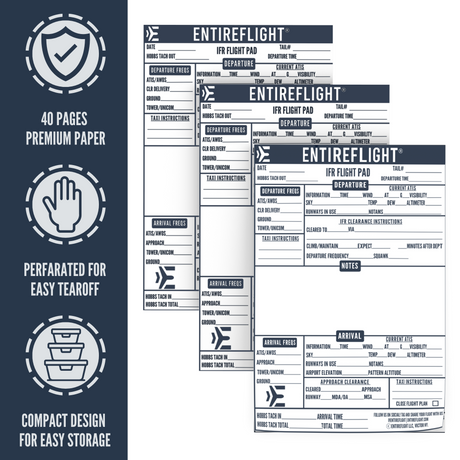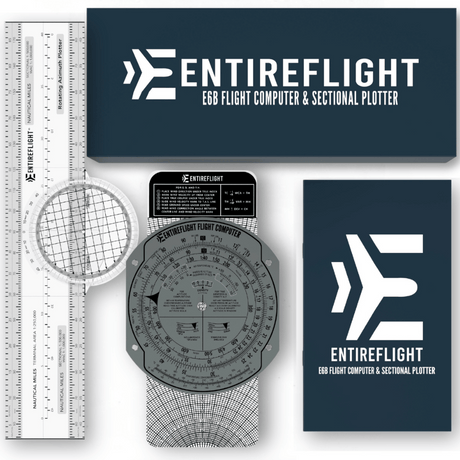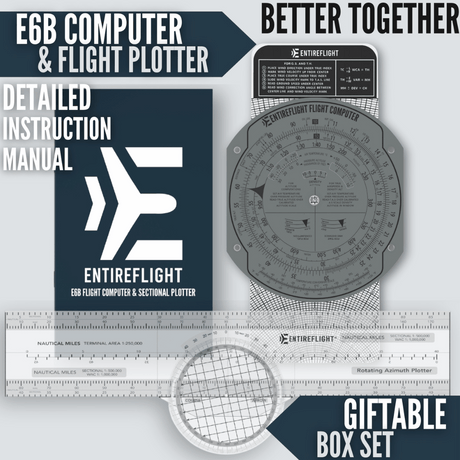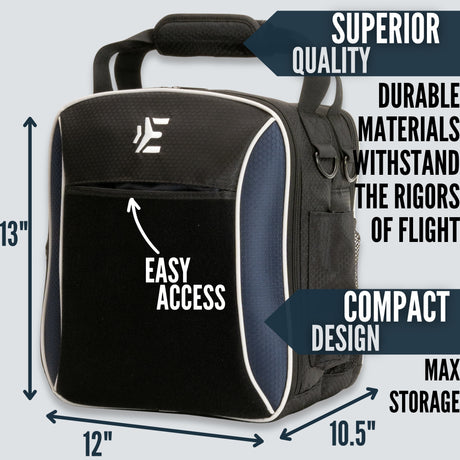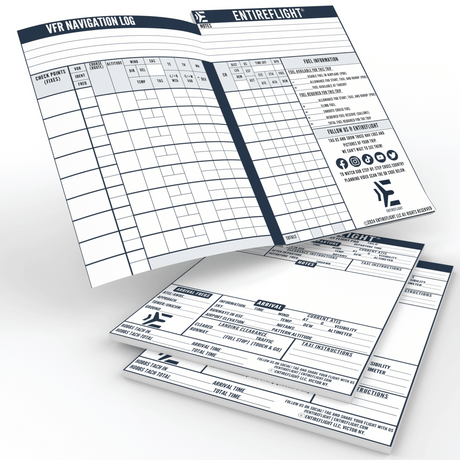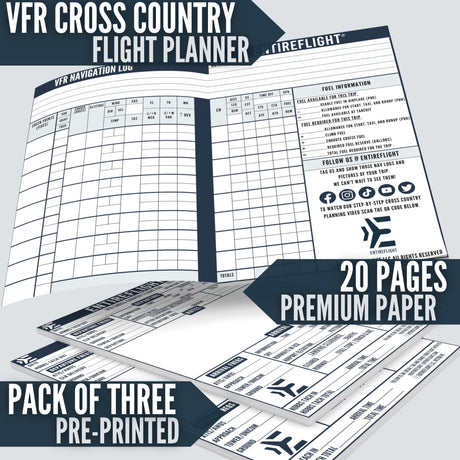Are you dreaming of soaring through the skies as a certified pilot? With over 600,000 active pilots in the US alone, aviation is an exciting field filled with opportunities. This article provides comprehensive step-by-step guides on obtaining your Recreational Pilot License.
Dive into this enlightening exploration of aviation and prepare for lift-off!
Key Takeaways
- Understand the difference between a recreational and private pilot license to choose the one that suits your aviation goals.
- Meet specific requirements, such as age, driver's license, flight hours, and passing exams, to obtain a recreational pilot license.
- Apply for a student pilot certificate and obtain a 3rd class medical certificate before starting flight training.
- Find a reputable flight school with experienced instructors who can guide you through your pilot training journey.
A Step-by-Step Guide to Obtaining Your Recreational Pilot License
To obtain your recreational pilot license, you need to understand the difference between a recreational and private pilot license. Meet the requirements for a recreational pilot license, apply for a student pilot certificate, obtain a 3rd class medical certificate, find a flight school and instructor, take and pass the FAA written exam, complete flight training, and pass the check ride.
Understand the difference between a recreational and private pilot license
Recreational and private pilot licenses are designed for different types of aviation enthusiasts. A recreational pilot license has fewer requirements yet places more restrictions on flying, making it perfect for hobbyists who enjoy casual local flights in the day time.
On the other hand, a private pilot license requires more training hours but offers fewer restrictions, allowing pilots to fly longer distances and carry passengers day or night. Each license serves its purpose depending on your aviation aspirations, thus understanding their differences is crucial in choosing which one suits your personal needs best.
|
Factor |
Recreational Pilot License |
Private Pilot License |
|
Flight Training Hours |
A minimum of 30 hours of flight time is required to earn a Recreational Pilot License. |
A Private Pilot License requires an average of 60 hours of training from a flight school. |
|
Flight Privileges |
The Recreational Pilot License allows you to fly aircraft for non-business purposes and carry no more than one passenger. |
With a Private Pilot License, you have fewer restrictions and can fly more complex aircraft and carry multiple passengers. |
|
Requirements |
Individuals must be at least 17 years old, hold a Student Pilot Certificate, have a Third Class medical and be fluent in English. |
Private Pilot License requirements are similar to the Recreational License, but require a more intensive medical exam, and additional written and practical tests. |
|
Cost |
The cost of obtaining a Recreational Pilot License may vary, but is generally less than a Private Pilot License due to fewer training hours. |
A Private Pilot License typically costs more because of the additional flight training hours and testing required. |
Meet the requirements for a recreational pilot license
To obtain a recreational pilot license, you must meet certain requirements. Here's what you need:
- Be at least 17 years old
- Hold a valid driver's license
- Pass a basic medical exam to obtain a third-class medical certificate
- Have at least 30 hours of flight time, including 15 hours with an authorized instructor and 3 hours of solo flight
- Complete specific training in areas such as takeoffs, landings, navigation, and emergency procedures
- Pass the Federal Aviation Administration (FAA) written exam
- Successfully complete a practical test with an FAA examiner.
Apply for a student pilot certificate
To begin your journey towards obtaining a pilot license, the first step is to apply for a student pilot certificate. This certificate allows you to start your flight training and gain valuable experience under the guidance of a certified flight instructor.
To obtain this certificate, you will need to fill out an application with the Federal Aviation Administration (FAA) and provide necessary documents such as proof of identity and medical history.
Once approved, you will receive your student pilot certificate and can officially begin your aviation adventure. Remember, this certificate is essential for starting your flight training and taking the next steps towards becoming a licensed pilot.
Here's a link to the FAA's resources for your student pilot certificate
Obtain a 3rd class medical certificate
To fly as a recreational pilot, you'll need to obtain a 3rd class medical certificate. This is a requirement set by the Federal Aviation Administration (FAA) to ensure that pilots are in good health and capable of safely operating an aircraft.
To obtain this certificate, you will need to schedule an appointment with an FAA-approved aviation medical examiner who will conduct a thorough examination. They will assess your vision, hearing, overall physical condition, and any existing medical conditions or medications you may have.
If you meet the necessary requirements, you'll be granted your 3rd class medical certificate and can proceed with your flight training. It's important to note that certain conditions or medications may disqualify you from obtaining this certificate, so it's best to consult with the examiner beforehand if you have any concerns about your eligibility.
Find a flight school and instructor
To begin your journey toward obtaining a pilot license, you'll need to find a reputable flight school and an experienced instructor. Look for flight schools that meet your needs and offer the type of training you are interested in, whether it's recreational aviation or helicopter training.
Make sure the instructors at the school have the necessary certifications and experience to provide quality instruction. Research online reviews, talk to other pilots, and visit different schools to get a sense of their reputation and facilities.
Finding the right flight school and instructor is crucial for receiving proper training and guidance as you work towards achieving your aviation goals.
Take and pass the FAA written exam
To obtain your recreational pilot license, you'll need to take and pass the FAA written exam. This is an important step that tests your knowledge of aviation rules, regulations, and procedures.
The exam covers various topics such as airspace, navigation, weather conditions, aerodynamics, and aircraft systems. Studying diligently for this exam will ensure that you have a solid understanding of these concepts and increase your chances of passing with flying colors.
Remember to utilize study materials provided by flight schools or online resources to prepare yourself thoroughly for the exam.
Complete flight training
Once you have passed the FAA written exam, it's time to embark on your flight training. This is where you'll put all of your knowledge into practice and learn how to fly an aircraft.
During your flight training, you'll work closely with a certified flight instructor who will guide you through each step of the process. You'll gain hands-on experience in taking off, landing, maneuvering the aircraft, and handling various flight scenarios.
The number of required flight hours can vary depending on the type of pilot license you are pursuing. Throughout your training, safety will be emphasized as a top priority. By completing this essential step, you will develop the necessary skills and confidence to become a competent and proficient pilot ready for the next phase in obtaining your recreational or sport pilot license.
Pass the check ride
To obtain your recreational pilot license, you'll need to pass the check ride. This is the final step in your journey towards becoming a licensed pilot. During the check ride, an examiner will evaluate your flying skills and knowledge of aviation regulations, just like getting your driver's license, except up in the sky.
They will assess your ability to handle different flight scenarios and ensure that you can operate an aircraft safely and confidently. It's important to be well-prepared for this test by practicing maneuvers, studying navigation charts, and reviewing all the material covered during your flight training.
Remember to stay calm, trust in your abilities, and demonstrate that you have what it takes to be a successful pilot.
Educational resources for passing your Recreational Pilot Check Ride
As an aspiring pilot, you have access to a variety of educational resources that can help you on your journey towards obtaining your pilot license. Here are some key resources to consider:
- Online Aviation Courses: Many online platforms offer aviation courses that cover a wide range of topics, from basic flight principles to advanced navigation techniques. These courses are often self-paced and allow you to study at your own convenience.
- Flight Training Schools: Look for reputable flight training schools in your area that offer comprehensive pilot training programs. These schools usually have experienced instructors who can guide you through the entire process of becoming a pilot.
- Aviation Books and Guides: There are numerous books and guides available that cover various aspects of aviation, including flight theory, aircraft maintenance, and navigation. These resources provide valuable insights and knowledge that can supplement your practical training.
- Aviation Associations and Organizations: Joining aviation associations and organizations can provide you with networking opportunities and access to valuable information and resources. These groups often organize seminars, workshops, and conferences where you can learn from industry experts.
- Simulator Training: Flight simulators are excellent tools for practicing different flight scenarios and honing your skills before getting into an actual aircraft. Many flight training schools have simulators available for students to use during their training.
- Online Forums and Communities: Engage with other aspiring pilots through online forums and communities dedicated to aviation. Here, you can ask questions, share experiences, and learn from others who are also on the same journey as you.
Receive your Recreational Pilot Certificate
After passing the written and practical exam, congratulations, you're now officially a pilot!
Ways to Become a Pilot: A Comprehensive Guide
To become a pilot, follow these steps: choose a flight school, take a discovery flight, obtain necessary qualifications and certificates, and be aware of the costs involved in pilot training.
https://www.youtube.com/watch?v=RVUQrvAxYj8
Costs of pilot training
The cost of pilot training is an important factor to consider when planning your journey to becoming a pilot. Here's an outline of the estimated costs associated with each type of pilot license.
| Pilot License Type | Average Training Cost |
|---|---|
| Recreational Pilot License | $3,500 to $5,000 |
| Sport Pilot License | $4,000 to $6,000 |
| Private Pilot License | $10,000 to $15,000 |
| Commercial Pilot License | $35,000 to $40,000 |
| Helicopter Pilot License | $10,000 to $20,000 |
Please note, these are average estimates and the exact costs can vary based on several factors including location, flight school, and the amount of flight hours required. It's important to remember that these figures include cost for instruction, aircraft rental, books, and other training materials.
Investing in your training is a crucial part of becoming a licensed pilot. The resources you invest into getting your license can open a world of opportunities in the aviation industry. Your license could be your ticket to a rewarding career in aviation or simply a unique hobby that takes you to new heights.
Conclusion
In conclusion, these step-by-step guides provide aspiring pilots with valuable information and resources to help them obtain their desired pilot license. Whether it's a recreational, sport, helicopter, or commercial license, these guides outline the necessary requirements and processes involved in achieving their aviation goals.
By following these comprehensive guides, individuals can confidently navigate the path towards becoming a licensed pilot and embark on an exciting career in aviation. So don't hesitate to take flight and pursue your dreams of soaring through the skies!
FAQs
1. What are the requirements for obtaining a recreational pilot license?
To obtain a recreational pilot license, you must be at least 17 years old, hold a valid medical certificate, and have received the necessary flight training and experience specified by the Federal Aviation Administration (FAA).
2. How long does it take to become a sport pilot?
The time it takes to become a sport pilot can vary depending on factors such as your availability for training and your ability to grasp the required knowledge and skills. On average, it may take several months to complete the necessary training.
3. What are the steps involved in acquiring a helicopter license?
Acquiring a helicopter license involves several steps including obtaining proper medical certification, completing ground school training, accumulating flight hours through practical instruction and solo flights, passing written tests and practical exams administered by an FAA-certified examiner.
4. Can I explore aviation without becoming a licensed pilot?
Yes! Exploring aviation without becoming a licensed pilot is possible. There are various ways to immerse yourself in aviation such as visiting aviation museums or airshows, participating in flight simulators or glider rides, enrolling in ground school courses for knowledge-building purposes or joining local flying clubs where you can engage with other aviation enthusiasts.

